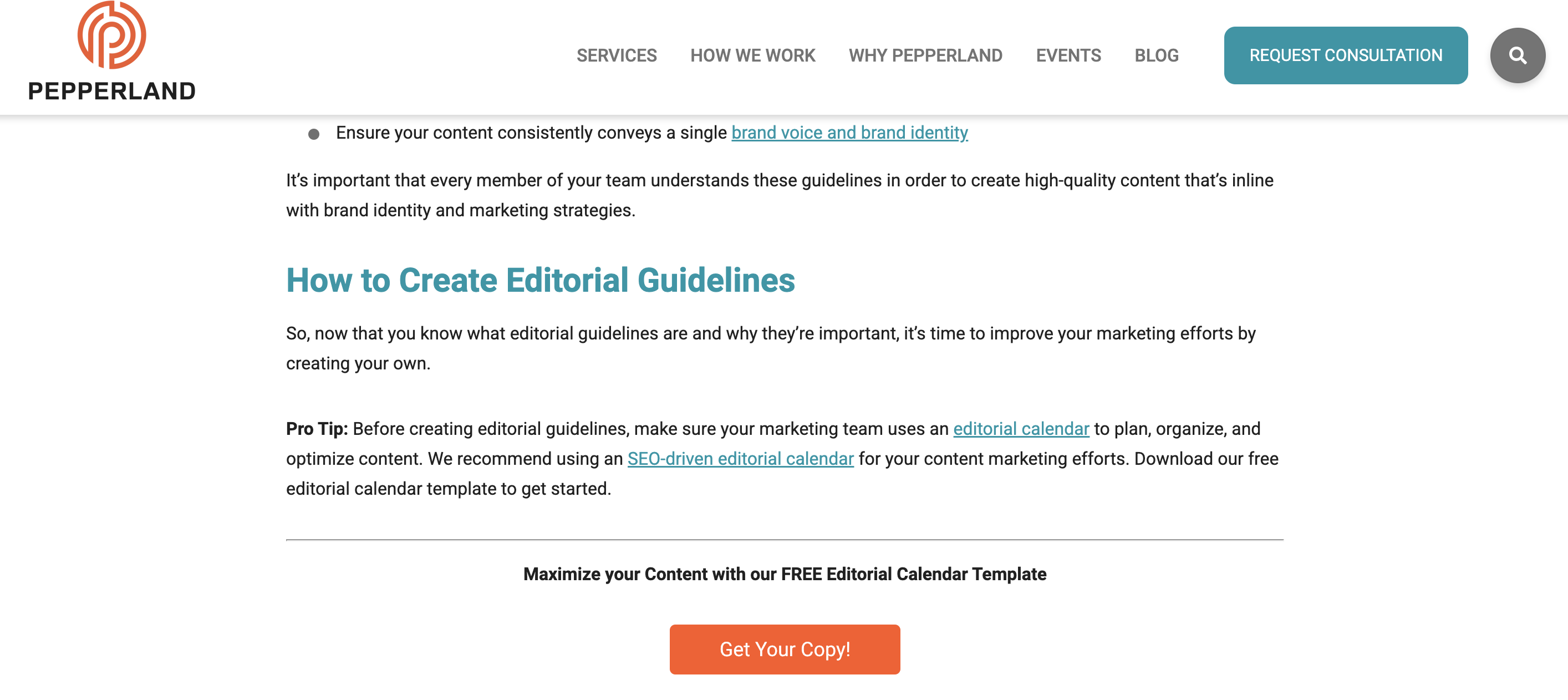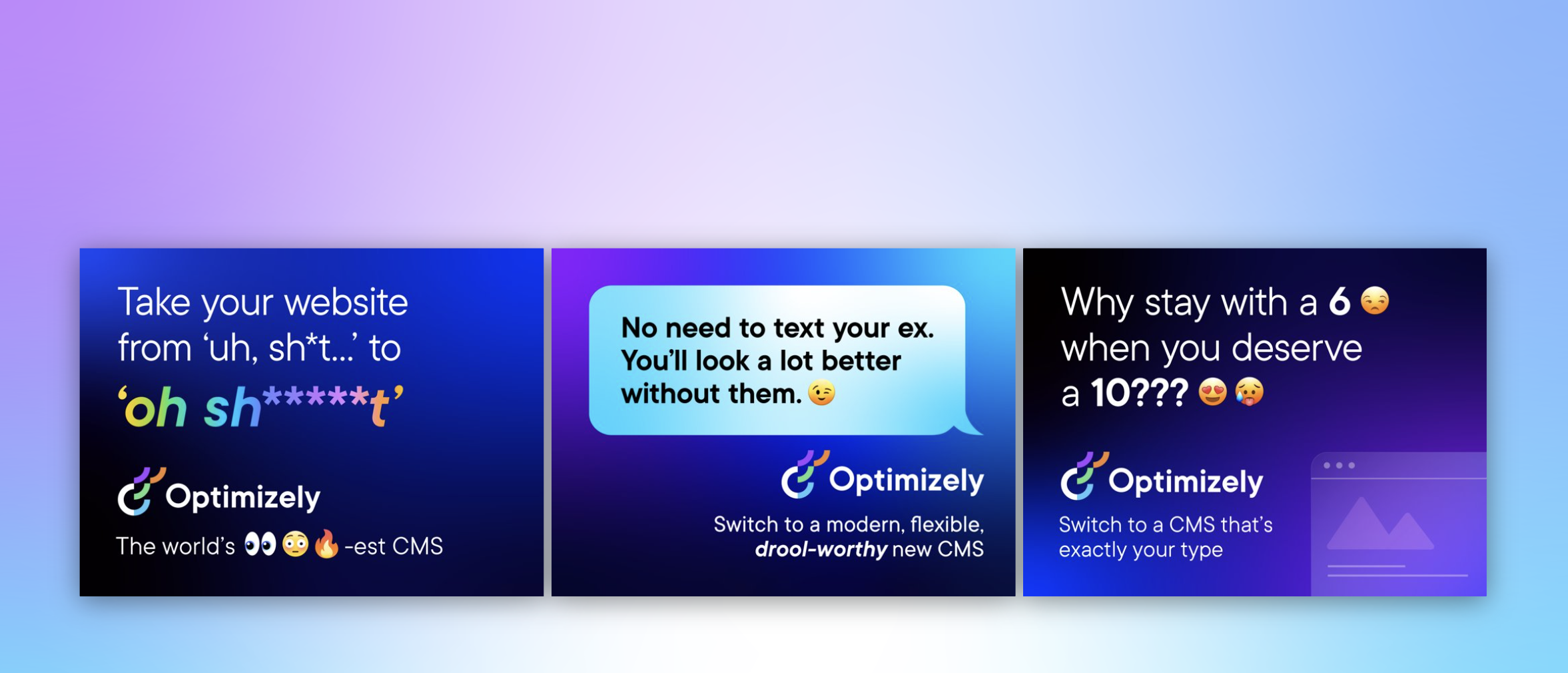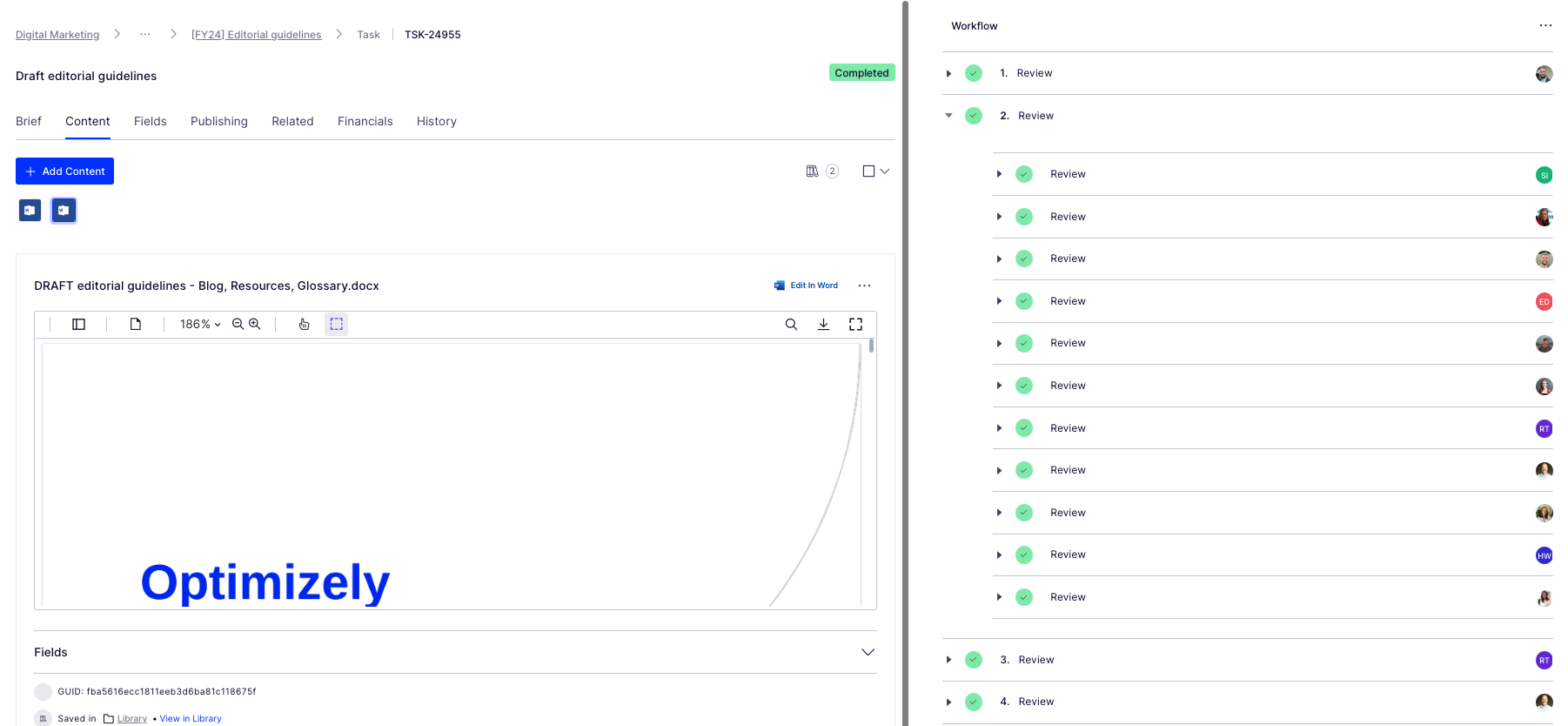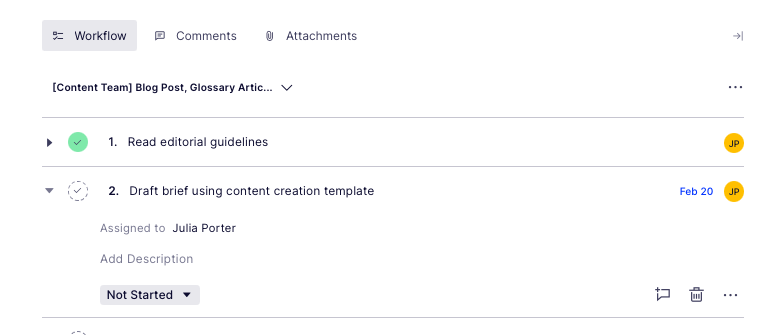Next year, e-commerce will be a driving force in how marketers engage with customers. E-commerce strategies will penetrate channels like TV, social media and in-store experience, to a greater extent than marketers could have imagined.
Marketers will adapt their e-commerce strategies to be more personalized, simplify their customer data and marketing stack, incorporate shoppable ads and even retrain their in-store associates to better accommodate digital-first shoppers.
Simplified stack
The future of e-commerce will be driven by personalization. To improve accuracy in messaging, as well as ROI, brands will have to simplify data sources and their e-commerce stack, according to Tracey Ryan O’Connor, Group Vice President at personalization technology company Qubit, which was recently acquired by AI-powered experience platform Coveo.
“Overall, brands have achieved a high return on investment in their personalization spend, but the e-commerce and digital marketing stack has grown very complex, which has led to disparate data sources that threaten the effectiveness of delivering personalized experiences,” said O’Connor. “As a result, brands began efforts to simplify the tech stack and cut down on the number of customer data sources from which they create actionable intelligence in 2021.
She added, “I believe these efforts will accelerate in 2022 with simplification as the driver for further innovation in personalization leading to convergence with product discovery.”
Getting more personal
As we saw in the most recent holiday shopping push, seasonal events are spreading out over a longer period of time. Cyber Monday has become Cyber Month. And Amazon’s Prime Day summer promotions are really more like “Prime Week.”
In 2022, buyer journeys will continue to get more personalized. Marketers who pay attention to these data signals will gain a competitive edge.
“By merging personalization and product discovery, brand marketers and merchandisers will be able to leverage data from these sources, including the combined view of customers, to ensure they are tailoring each visit and experience at every level and every touch point of the shopping journey,” said O’Connor.
AI optimization
“We’ll see AI-powered personalization evolve to deliver more highly customized experiences in 2022,” O’Connor stated. “This entails machine learning models that consider all customer behaviors as well as various data sources that can be fed, ingested, and leveraged to better understand consumers at scale.”
She added, “We’ve already moved past the one-size-fits-all AI model, to algorithms that meet the demands of individual customers without having to ‘test and learn’ each time. For example, new AI models can be used to power product carousels that are based on your location, or behavior, or even the weather.”
E-commerce merges with in-store
While the product discovery journey will be individualized through personalization, experiences in-store and online will merge. To understand the shape that this trend will take in the coming year, it’s important to note that e-commerce will be the engine that drives this merge.
“As in-store and online shopping merge, ecommerce will explode in 2022,” said O’Connor. “While shoppers are returning to physical stores, we’re not seeing a decrease in online shopping – in fact, we’re seeing continued growth. In 2021, we saw more people starting their shopping journey online, searching for the products they want at the best price and the actual transaction happening in-store. Even when the pandemic dissipates, online shopping will continue to flourish because this behavior is now ingrained and habitual.”
She explained, “In 2022, brands will be faced with determining how to adapt the blended online/in-store shopping experience to match the leaps and bounds that e-commerce has made over the past two years. This will be particularly important for retail sectors where shoppers still prefer an offline component to the experience, such as fashion or beauty, but in the end, we do not anticipate the online performance to decline because stores have reopened.”
Holistic approach to brick-and-mortar
Expect a holistic approach to physical store experiences that incorporates e-commerce and enables digital shoppers to get what they want out of their visit, said Nikki Baird, Vice President of Retail Innovation at retail technology provider Aptos.
“Prior to the pandemic, there was a lot of focus on creating experiential store concepts, almost as a way of trying to compete with the online channel,” said Baird. “Fast-forward to 2022 and we’ll see retailers pursue holistic store experiences that are focused on helping shoppers transition between physical and digital interactions with their brand.”
Baird suggested that one tool retailers might adopt more widely is the “virtual closet.” Shoppers would carry with them a digital representation of all the products they own from that retailer. They could reference this as they shop, as could store associates.
Empowered store associates
“Store associates will get a digital upgrade to contribute to the CX,” said Baird. “With all the investments that retailers made in online engagement during the pandemic, as store traffic rebounds, we’re seeing a lot of retailers begin to evaluate how they can offer a similar level of digital engagement in their stores.”
Sure, retailers want to make sure they don’t drop the ball by offering a seamless transition from digital shopping to in-store experience. The successful retailers in 2022 will make sure not to leave associates out of this equation.
“There’s still a significant percentage of shoppers who visit stores to engage with associates,” Baird said. “In 2022, savvy retailers will look to elevate the role of associates in the overall store experience and leverage mobile technologies to support this.”
IT upgrades
As more physical stores open up, a new era of digitally-enabled shopping will require investment for personalization, optimization and experience.
“Retailers’ financial recovery, combined with the fact that omnichannel shopping behaviors pushed legacy IT systems close to the breaking point during the pandemic, is going to drive investments in foundational modern technology systems in 2022,” said Baird.
Supply chain challenges in the last year, along with raised consumer expectations, require retailers to provide real-time knowledge of what items are available for purchase and when they can be delivered.
“Retailers are at the point where they know they can’t fake it anymore,” said Baird. “They have to get the basics right – and this includes real-time inventory visibility. If retailers can’t provide real-time inventory visibility, they’ve already lost. There’s no way retailers can keep up with the speed of consumers without it.”
Ads will be more shoppable
Personalization and real-time visibility into inventory will also impact advertising, making ads more shoppable.
“Shoppable ad functionality is now playing a bigger role than ever before, especially as work-from-home shopping habits are colliding with supply chain issues,” said Oz Etzioni, CEO of AI-driven dynamic ad-serving and ad personalization platform Clinch. “The benefits of shoppable commerce extend beyond the consumer as well, providing retailers with invaluable insight into consumer preferences for future campaigns and for the brand overall.”
Channels like email and SMS have long used personalized data like recent purchases and abandoned cart items in order to become more relevant to shoppers and to boost sales. However, these personalized elements will be more integrated in display and TV ads in 2022.
“Both the biggest challenge and the biggest opportunity for marketers deploying shoppable campaigns in 2022 will be in shoppable TV,” said Etzioni. “The key will be utilizing all the tools available to them in making those shoppable ads as relevant as possible. This requires layering in first-party data and personalization that reflects a shopper’s environment, including time-of-day, weather, regional promotions and more. From there, marketers can gain a deeper understanding of their consumers and adapt more quickly with relevant CTAs that allow their customers to make purchasing decisions in real time.”
He adds that with continued supply chain issues challenging product availability, marketers should consider some kind of dynamic creative optimization (DCO) to send the most relevant up-to-date messages to customers.
“Now that product scarcity is growing across the board, retailers have had to rebalance focus from mid- to upper-funnel objectives, and they have had to do it quickly,” Etzioni explained. “For example, a car manufacturer with limited inventory wouldn’t want to fade away in the minds of consumers, so they’ve been shifting towards making sure that their customers are still aware of their presence, but not necessarily drive them towards the dealership.”
Social commerce will diversify
Social media platforms have long been sources of valuable word-of-mouth buzz for brands and products. In 2022, these digital communities will be major sources of shoppable revenue. And this means brands will be looking beyond Facebook to diversify and keep ad costs down.
“Diversifying your social shopping to new channels will be key,” said Rob Van Nuenen, CEO of e-commerce solution provider Channable. “Disruptive social channel Tik Tok will likely generate nearly 2 billion users in 2022, while Instagram and Pinterest are delivering relevant social commerce experiences. With that, social commerce revenues are poised to reach nearly $50 billion, so it is important to create a strategy using these channels.”
Marketers will add value to their social spend by incorporating “social proof” (user-generated comments and reviews) into their social presence and promoting special events and other engagement strategies, according to Rosa Hu, Vice President of Product Marketing for e-commerce marketing platform Yotpo.
“TikTok’s recent partnership with Shopify — and its in-app purchasing capabilities — will give brands far better return on ad spend vs. competitors in 2022,” Hu said.
Many of these new e-commerce innovations will be driven by ROI. But to earn that return, marketers will have to become more nimble with their personalization data strategy, DCO execution and social media engagement. In doing so, they’ll build a deeper relationship with customers in 2022 while increasing efficiencies in their marketing budgets.
Read next: 2022 Predictions: Customer Experience & Digital Experience














![The Current State of Google’s Search Generative Experience [What It Means for SEO in 2024] person typing on laptop with](https://articles.entireweb.com/wp-content/uploads/2024/04/The-Current-State-of-Googles-Search-Generative-Experience-What-It.webp.webp)

























You must be logged in to post a comment Login